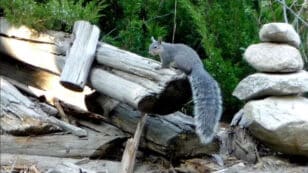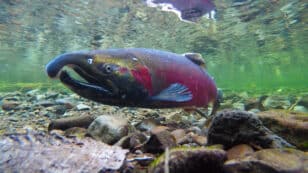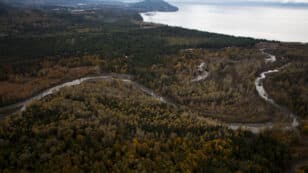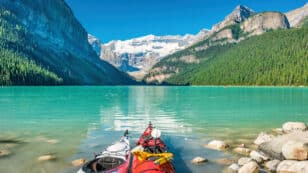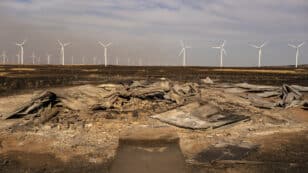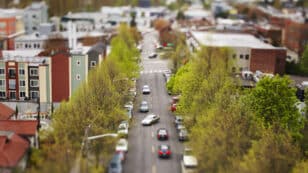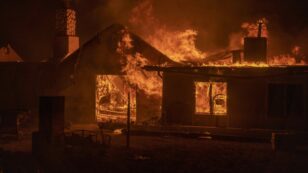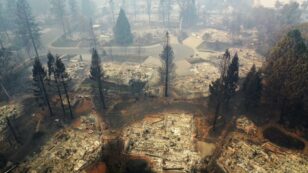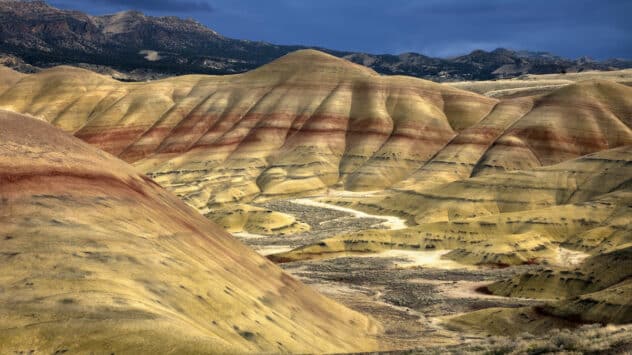
4 Natural Wonders of the Pacific Northwest
If you’re looking to go on an adventure in the great outdoors, the variety of landscapes in the Pacific Northwest — from temperate rainforest and brilliant geological formations to expansive sand dunes and stunning river-carved canyons — are awe-inspiring for even the seasoned traveler. Hoh Rainforest, Olympic National Park, Washington State Named for the Hoh […]

 233k
233k  41k
41k  Subscribe
Subscribe 


